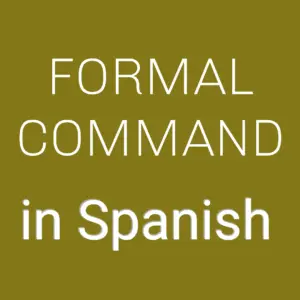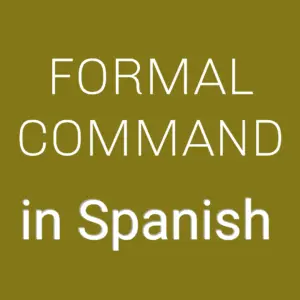Spanish to Go offers introductory courses you can take to learn Spanish online at your own pace. Whether you are learning Spanish to study or because you want to travel to a Spanish-speaking country. Find online courses to learn grammar, and basic Spanish.
Spanish to Go offers introductory courses you can take to learn Spanish online at your own pace. Whether you are learning Spanish to study or because you want to travel to a Spanish-speaking country. Find online courses to learn grammar, and basic Spanish.


Leave a Reply
You must be logged in to post a comment.